Arri's first digital motion picture cameras were the Arriflex D-20 and D-21, however were not widely used. The main difference between a traditional digital camera and these first two cameras produced by Arri, was the size of the sensor. The digital sensor was the same size as a 35mm film camera, allowing for the camera to continue utilizing 35mm camera lenses. The Arri Alexa was the third digital camera that Arri manufactured, and maintained the Supper 35 sized CMOS sensor.
The Arri Alexa is a full featured, high-end camera with a SxS card encoder that records to ProRes 422 or ProRes 444 codecs. The Alexa can also record to DnxHD in 1080p resolution. Another interesting feature of Alexa allows for owners to purchase a “key” from Arri for an additional 1350€ ($1855.44) which will unlock the feature to record in ProRess 422 HQ up to 120fps. In addition to recording in a variety of ProRes formats, the camera can record to ArriRaw as well to external recording devices.
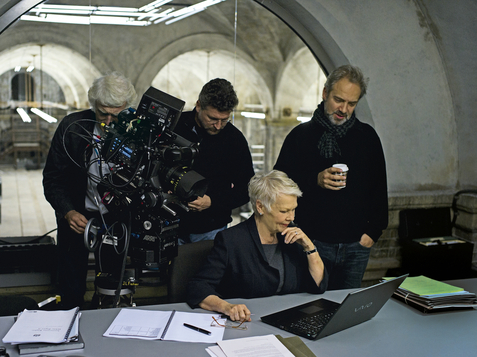 Cinematographer Roger Deakins using the Arri Alexa on the set of "Skyfall".
Cinematographer Roger Deakins using the Arri Alexa on the set of "Skyfall". · Downton Abbey (2010-2014) – A television show on PBS
· Game of Thrones (2011-present) – a television show on HBO that has received critical acclaim
· Hugo (Martin Scorcese, 2011) – winner of the Academy Award for Best Cinematography
· Drive (Nicolas Winding Refn, 2011) – a critically acclaimed film
· Skyfall (Sam Mendes, 2012) – the first digitally shot James Bond film
· Life of Pi (Ang Lee, 2012) – winner of the Academy Award for Best Cinematography
· Argo (Ben Affleck, 2012) – winner of the Academy Award for Best Picture
· Amour (Michael Haneke, 2012) – a critically acclaimed film
· The Avengers (Joss Whedon, 2012) – the third highest grossing film of all time
· Zero Dark Thirty (Kathryn Bigelow, 2012) – a critically acclaimed film
Roger Deakins (The Shawshank Redemption, Fargo, No Country for Old Men), who is arguably considered the greatest cinematographer of the last few decades first used digital cameras for In Time (Andrew Niccol, 2011), using particularly the Arri Alexa. He enjoyed using the camera so much, that he decided to use it for Skyfall the following year. This is what he had to say about the Alexa:
"We shot for 128 days with the camera, and I can’t remember one problem. We put it through a lot of different type of situations. I mean, talk about the low-light night stuff, which is a very extreme contrast ratio in the Shanghai set. On the other side of the spectrum, we’re shooting the bright sun on the Mediterranean, and it looked great. That was unexpected. I thought shooting in such extreme, bright sunlight it would have had problems, but it didn’t. The camera behaved as well or better than it would have on film."

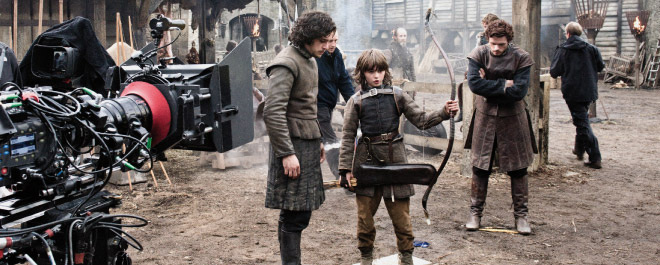
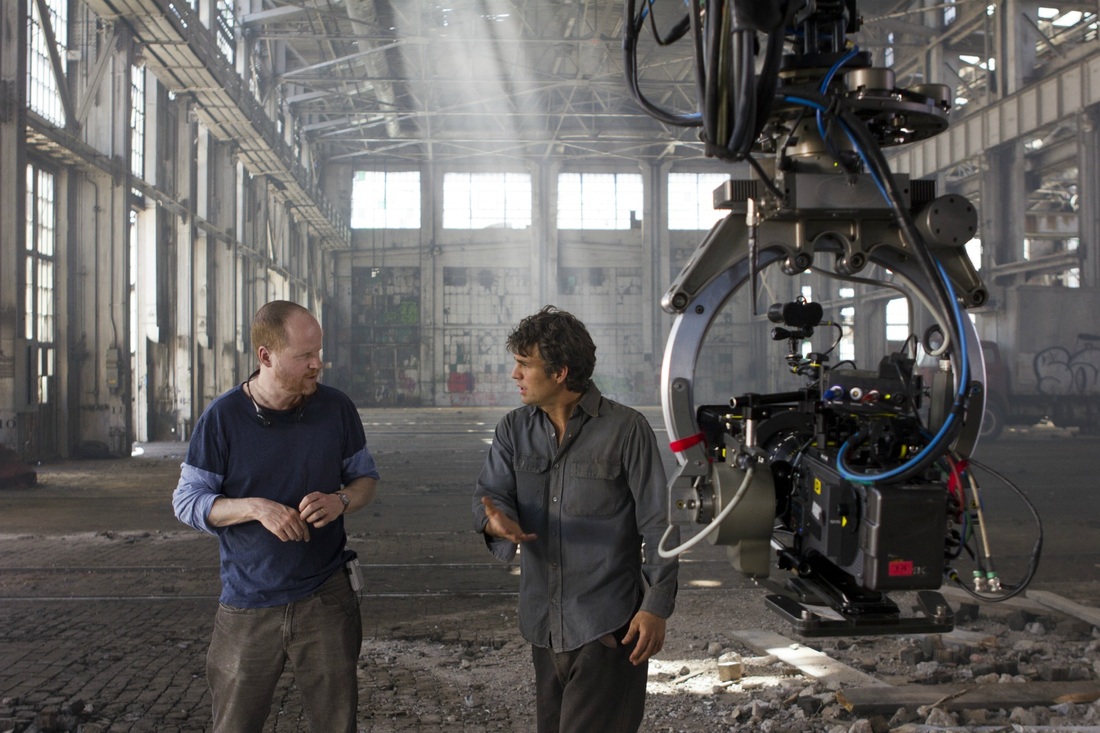

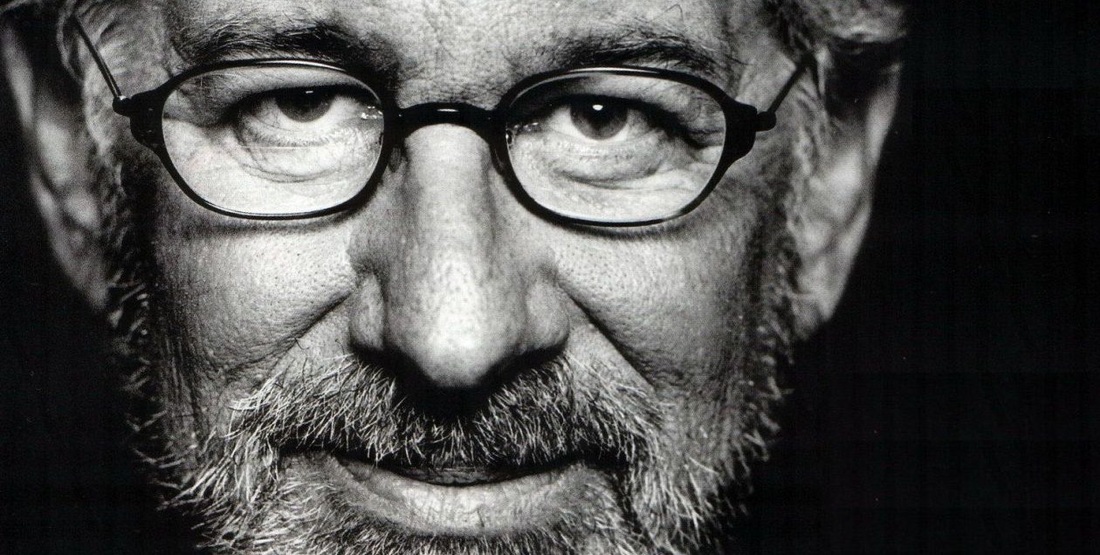
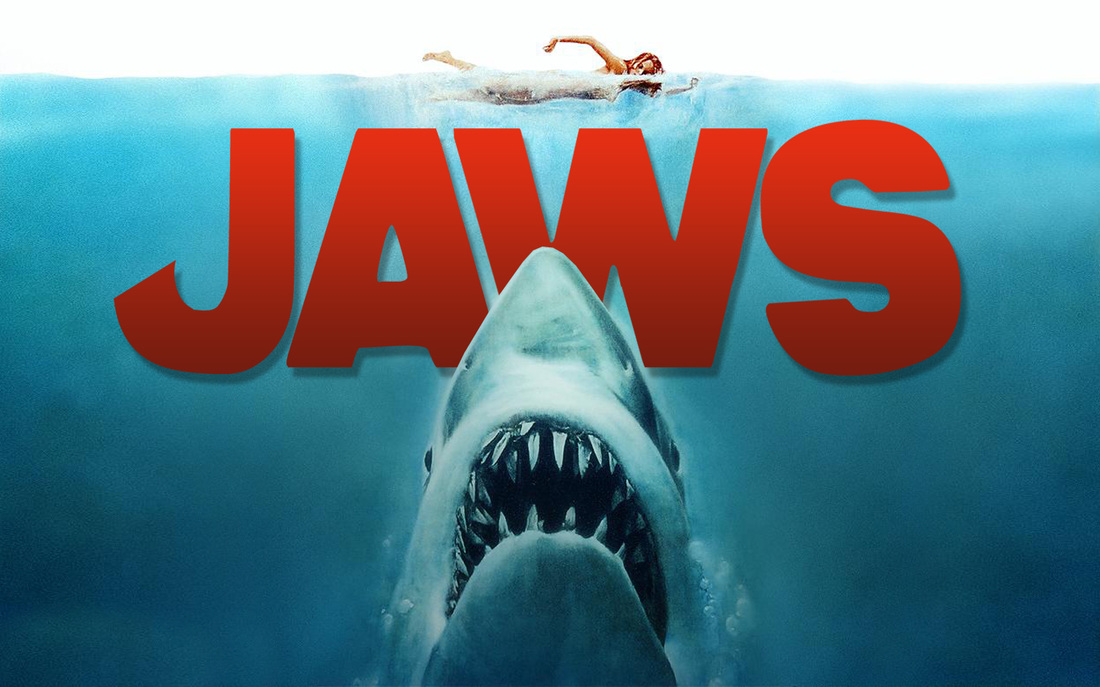
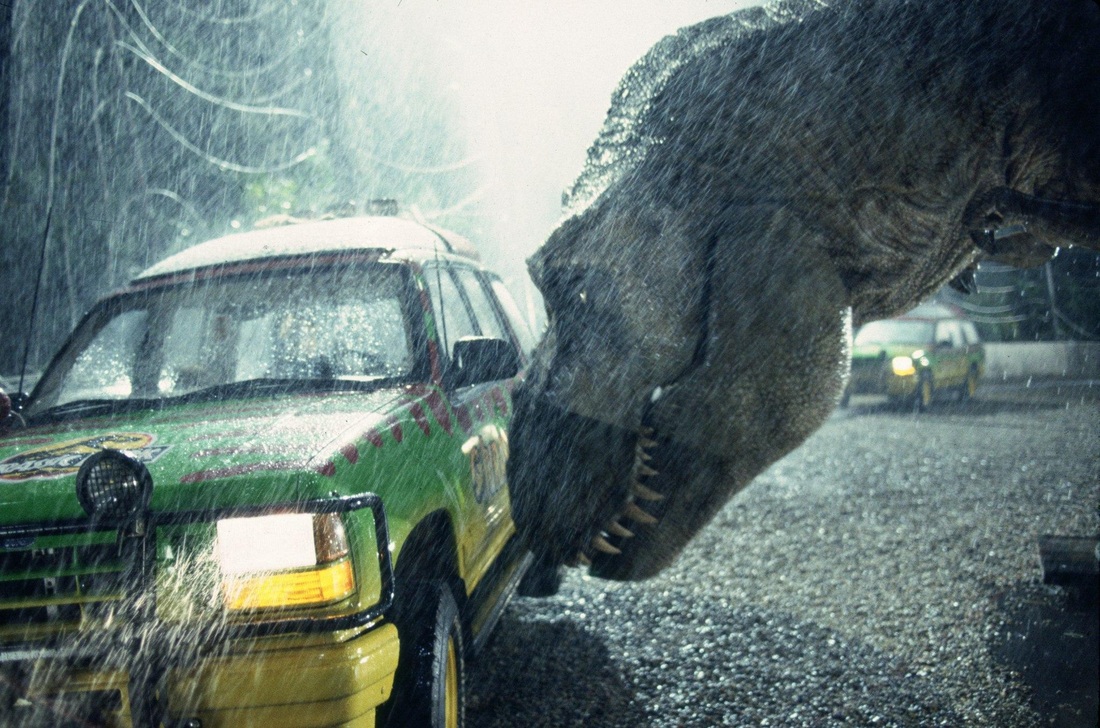
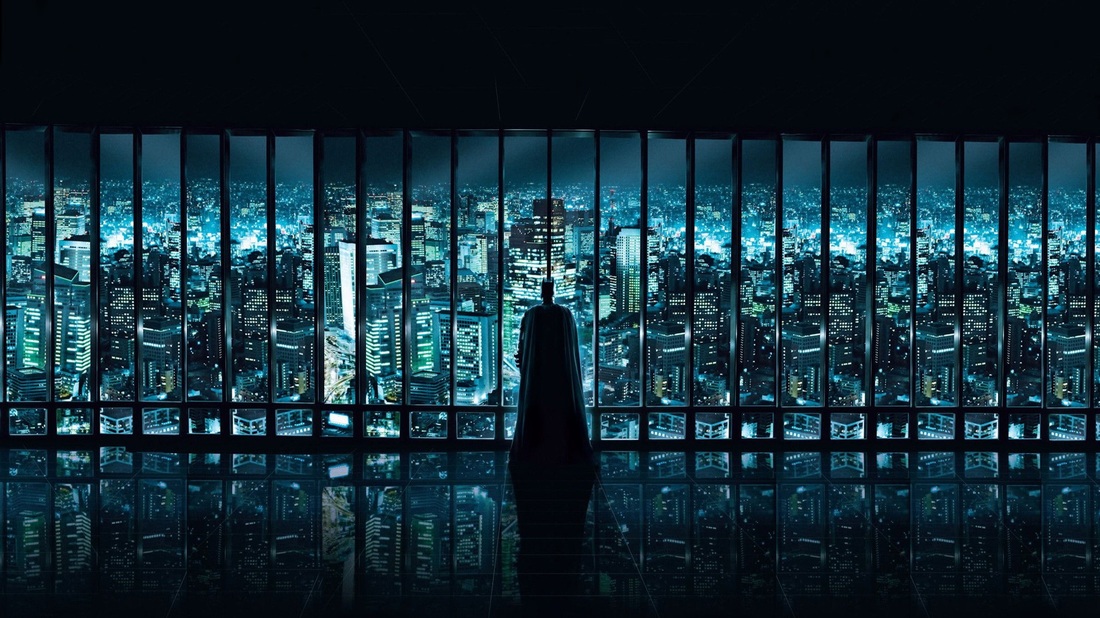
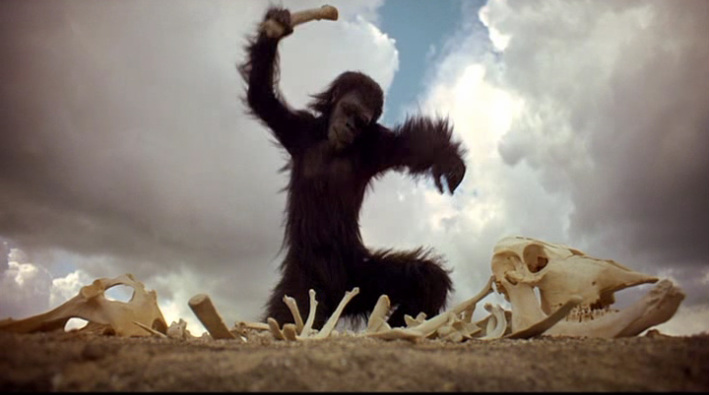
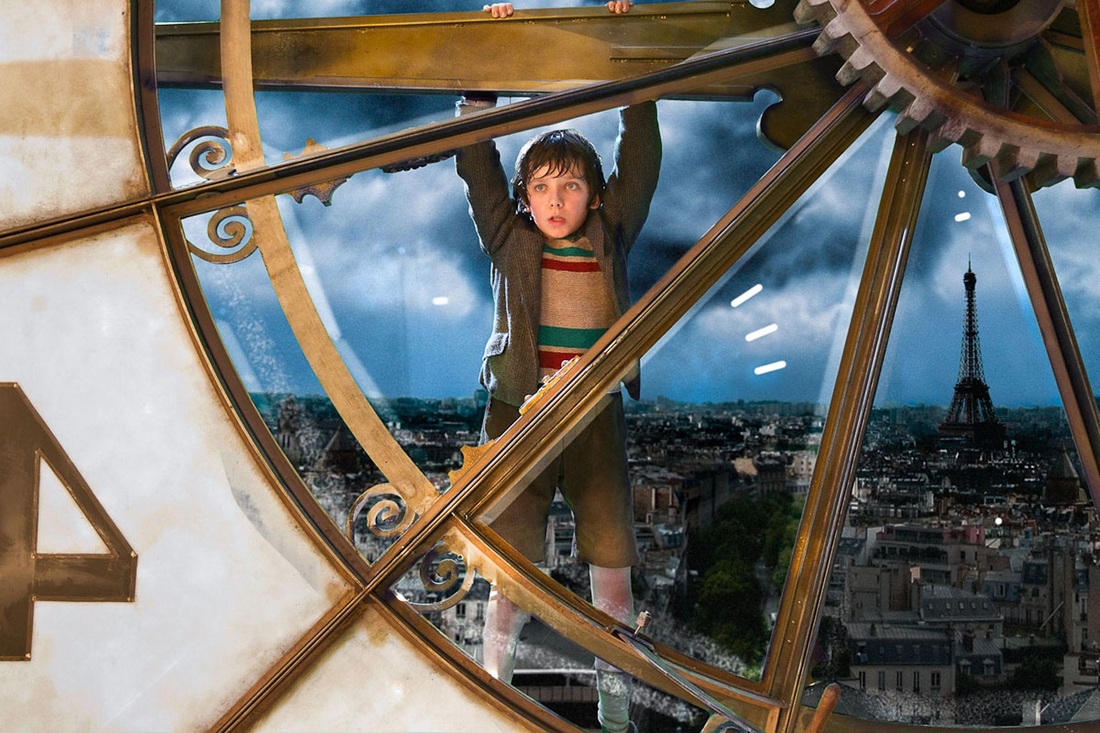
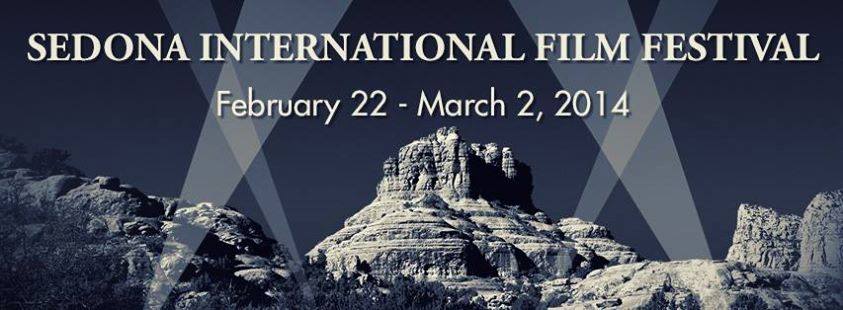
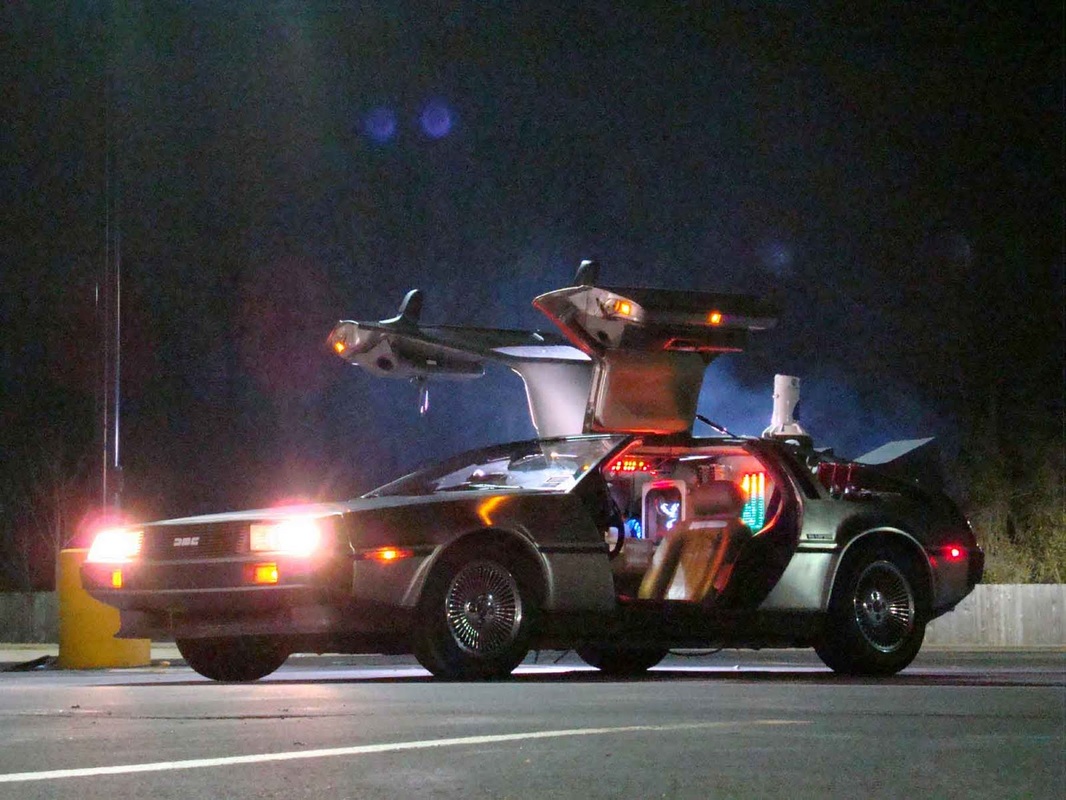
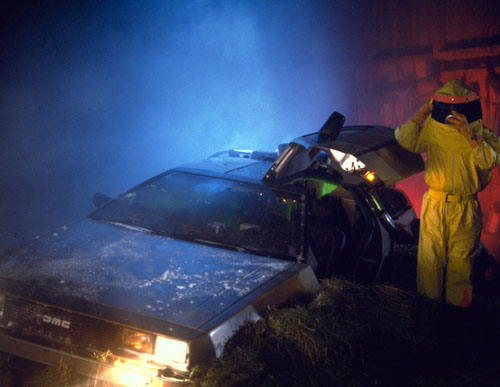
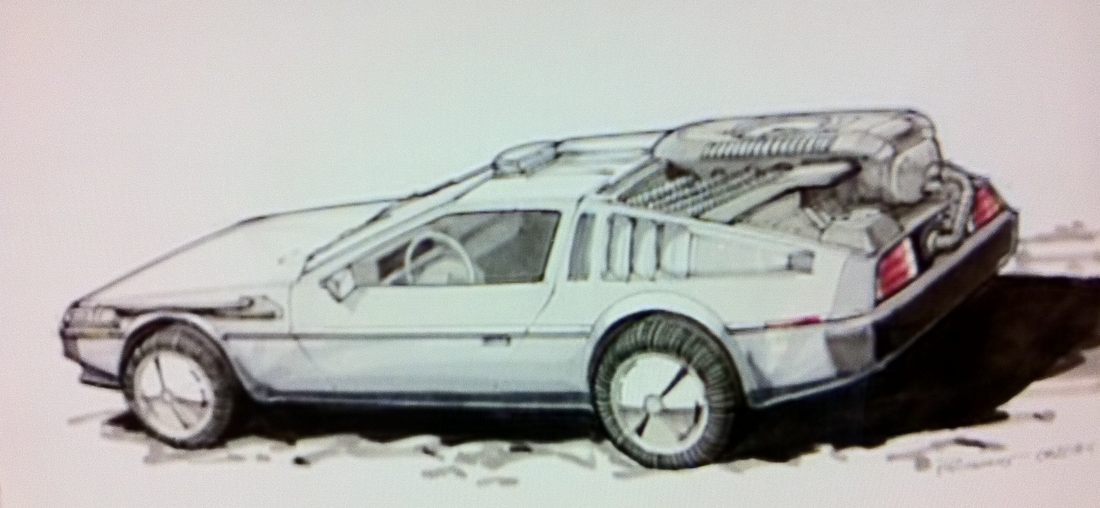
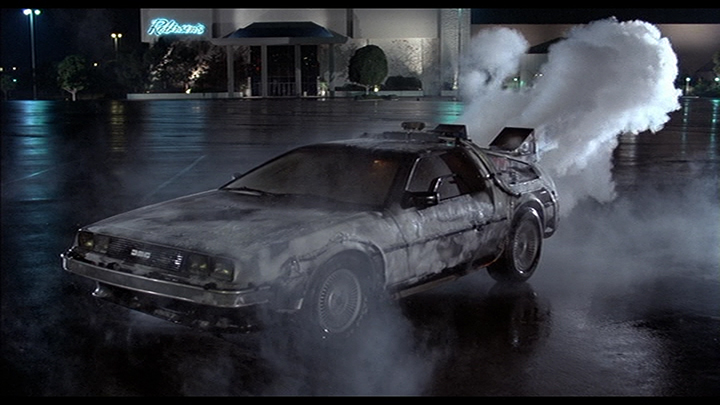
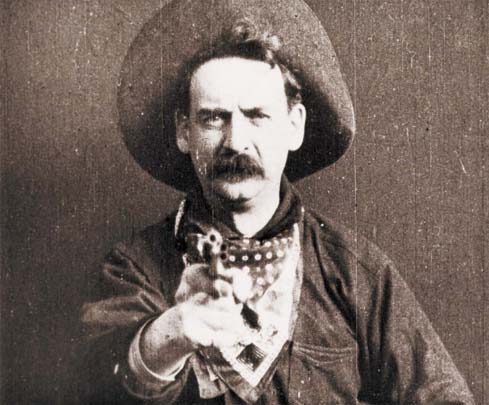
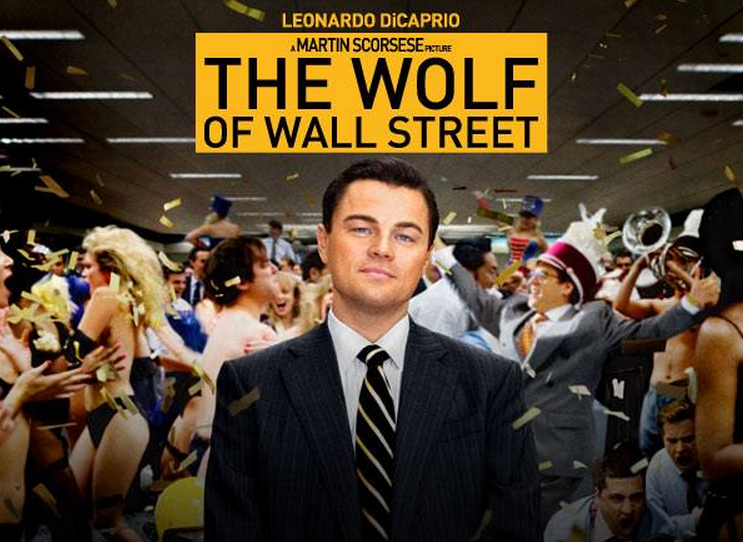
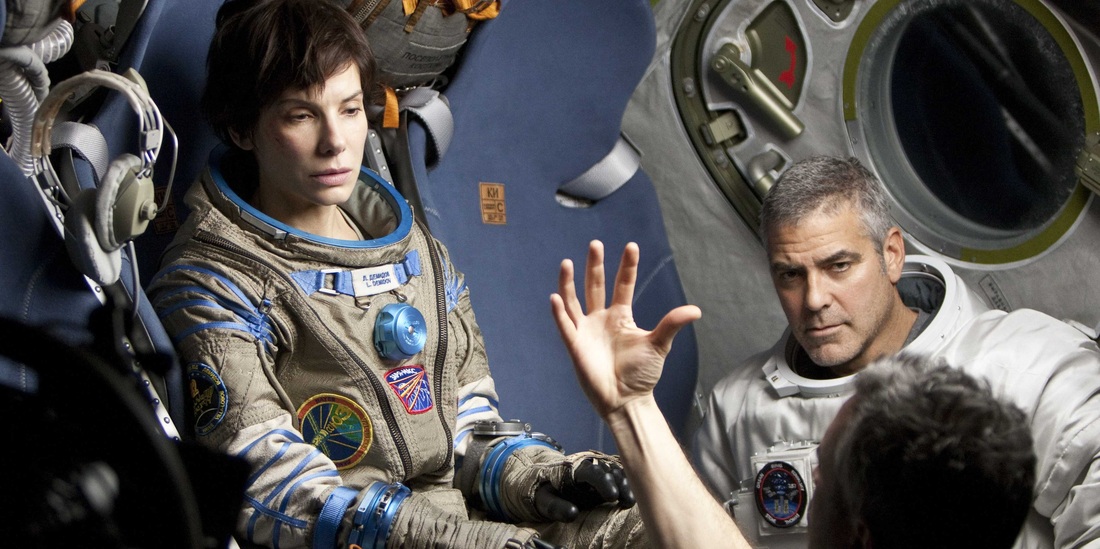
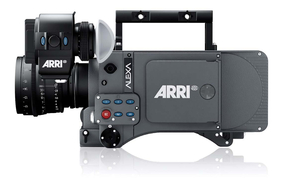
 RSS Feed
RSS Feed
